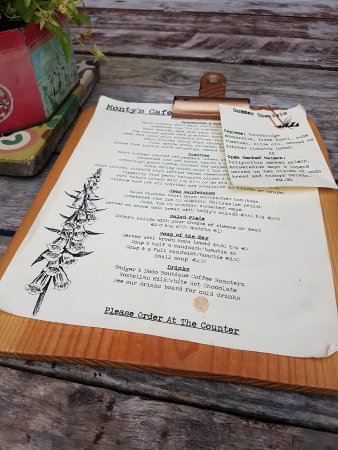
24 October 2018
With proper menu planning, sales forecasting and employee training, a restaurant can prevent overspending on staff and supplies and still provide excellent quality dishes and service.

Using a variety of planning, monitoring and evaluation techniques, you can continually manage these expenses to ensure you remain profitable without sacrificing quality.
Perform Food Cost Calculations
The first step in controlling foods costs is to determine what they are, per diner. You can do this by calculating the expense of each ingredient that goes into each dish, or divide the total number of diners you serve per month by your monthly food costs. Food costs include the cost of the food, delivery, interest on those purchases, spoilage, theft and make-good meals returned for lack of quality.
Evaluate Menu Planning
Knowing the food costs of individual dishes lets you determine whether they belong on your menu. For example, if your overhead cost per customer is KD 2 and your food cost for a specific lunch dish is KD 1, your cost to serve that customer is KD 4. Customers must pay KD 4, as well as for a drink, tip and tax, and your desired profit margin, which brings the bill to more than KD 5. If your target customer wants to spend KD 4 or less on lunch, this item doesn’t belong on your menu. Some menu items can be loss leaders, used to attract customers who spend more on appetizers, drinks or desserts. Eliminate items that don’t sell well, reducing your food costs.
Reduce Waste and Theft
Use ordering, inventory and security techniques that reduce food from going bad or being stolen. Keep track of monthly and annual traffic to better project demand and prepare for sales peaks and valleys. Record how many dishes are returned each service and why, and how many meals you comp or replace to determine if the problem is a particular cook or one or two dishes you need to eliminate. Buying in bulk saves you money, but can lead to spoilage of fresh foods. Work with your suppliers to buy in bulk but receive orders in multiple shipments. Require servers to check each dish against the corresponding ticket to prevent orders from going out incorrectly.
Schedule Staff Efficiently
Review your expected tables for each service during the week and mix your staff to ensure you don’t end up with all rookies during one lunch rush and all veterans during a slow dinner. Have fewer staff members for set-up and takedown than during a service to minimize your costs. To keep costs low on slow nights without losing staff, offer a cancellation fee to staff you schedule but send home. You’ll pay staff for not working, but pay less than if they had stayed doing little or no work.
Cross-Train Staff
The more each staff member can do, the more productivity you’ll receive from each. Slow service can doom a restaurant as customers leave or make the decision not to return. Train your prep cooks to prepare menu items and managers and bus staff to serve diners to help out during rush periods, recommends the website Food Service Warehouse.
Improve Staff Quality
Restaurants rely on repeat customers and sales of non-entrée items to maximize revenues. Paying the least amount for dining room staff can lead to frequent turnover and poor customer service. Consider paying high-quality, trained staff more and teach them to know how to sell specials, upsell appetizers, desserts and drinks, remember regular customers and their preferences and work with your kitchen staff to get orders in and out quickly. Work with a benefits provider to offer voluntary benefits, which you don’t pay for, but which give employees the chance to purchase health insurance and other benefits at group rates.
0
0
0
to have weekly discounts and offers sent right to your inbox.
